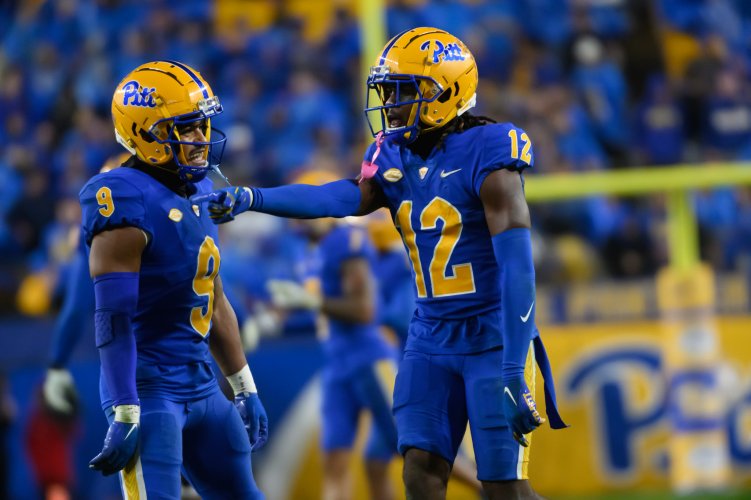If you want to take your wildlife photos to the next level, you gotta start with the background. In this video, I'll show you how to get great backgrounds with any lens (SURPRISE - you don't need a big, fast prime to do it). I'll show you how to strategically leverage your position, distance, and current gear to create backgrounds that'll skyrocket the impact of your photos instantly.
Check out the video below - in less than 8 minutes, you'll be knocking out backgrounds like the pros
(Also, this was inspired by a recent conversation here at the forum).
Check out the video below - in less than 8 minutes, you'll be knocking out backgrounds like the pros
(Also, this was inspired by a recent conversation here at the forum).


